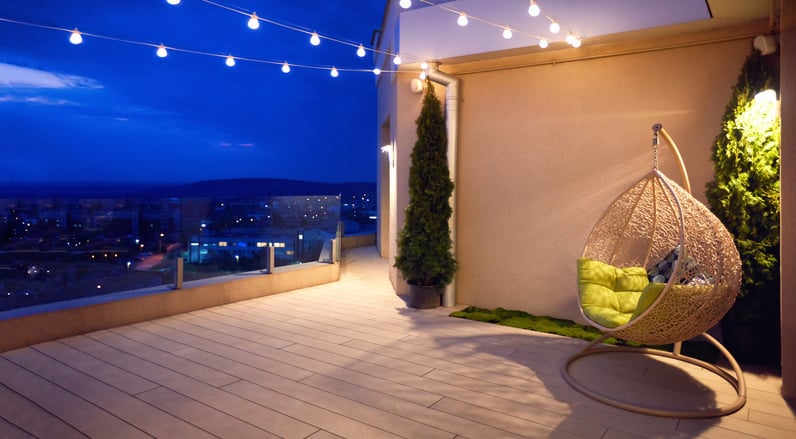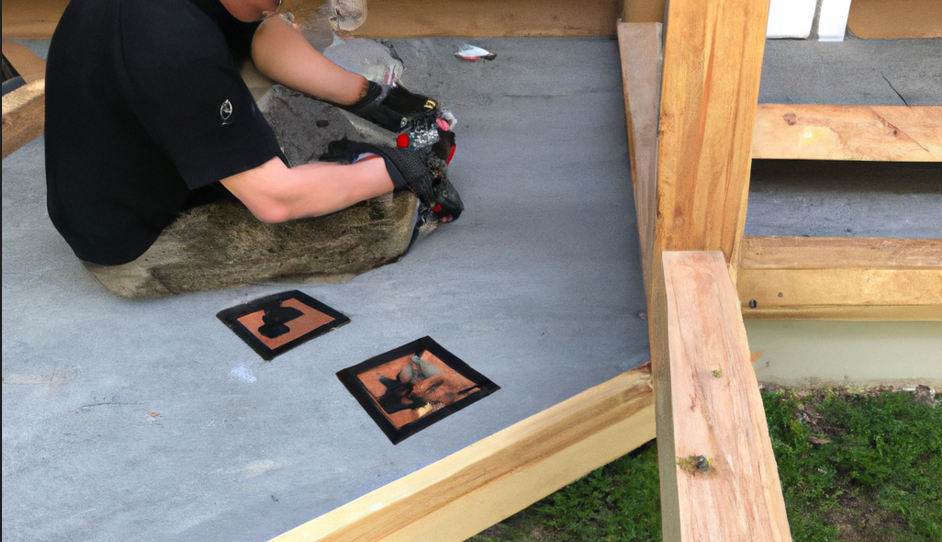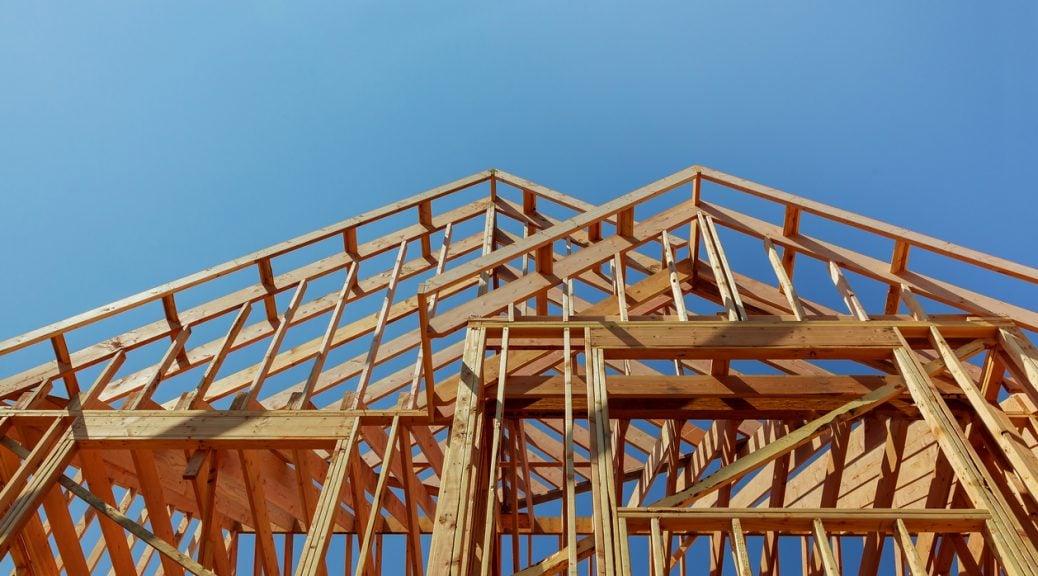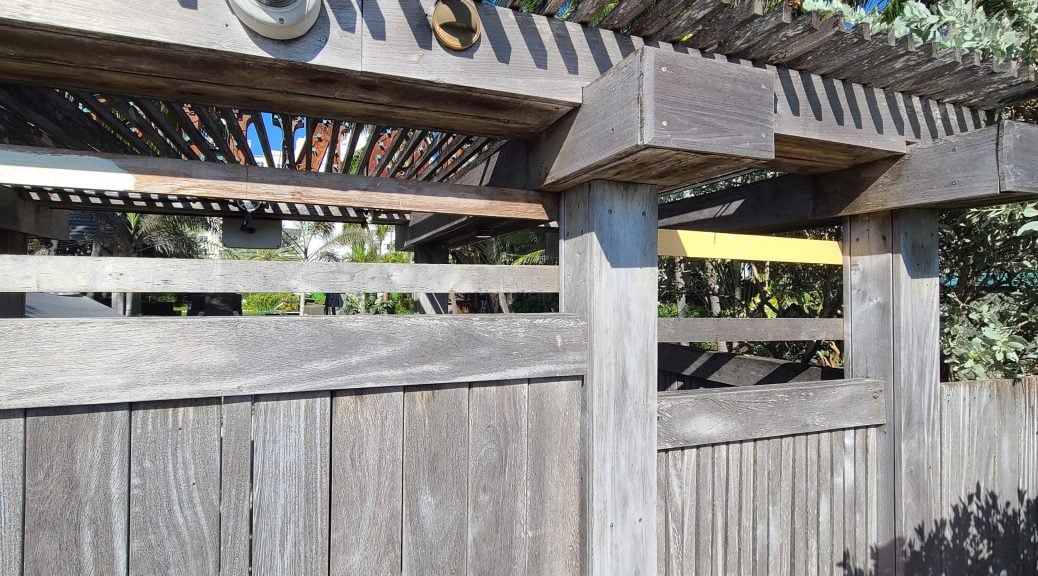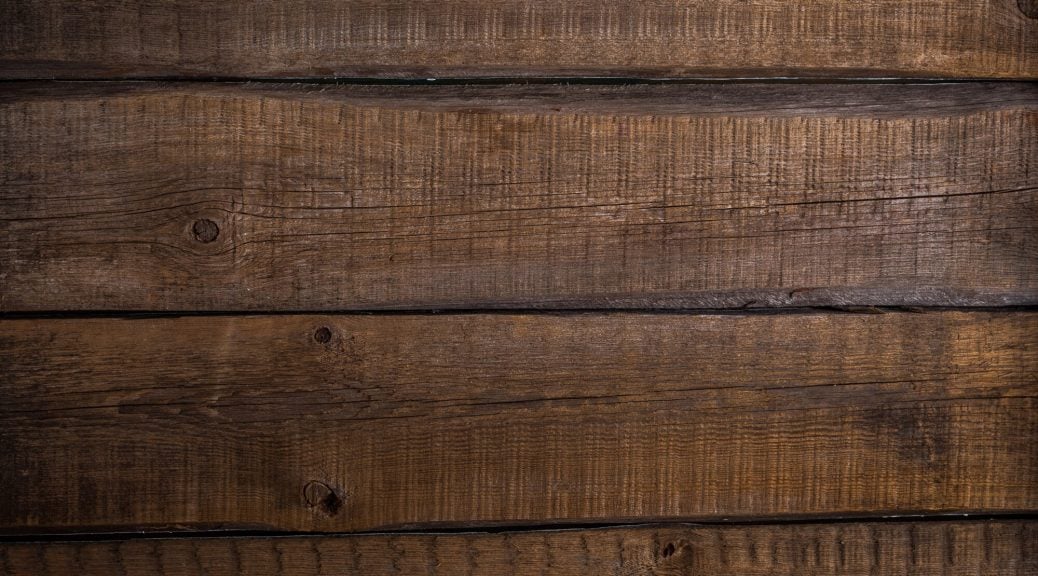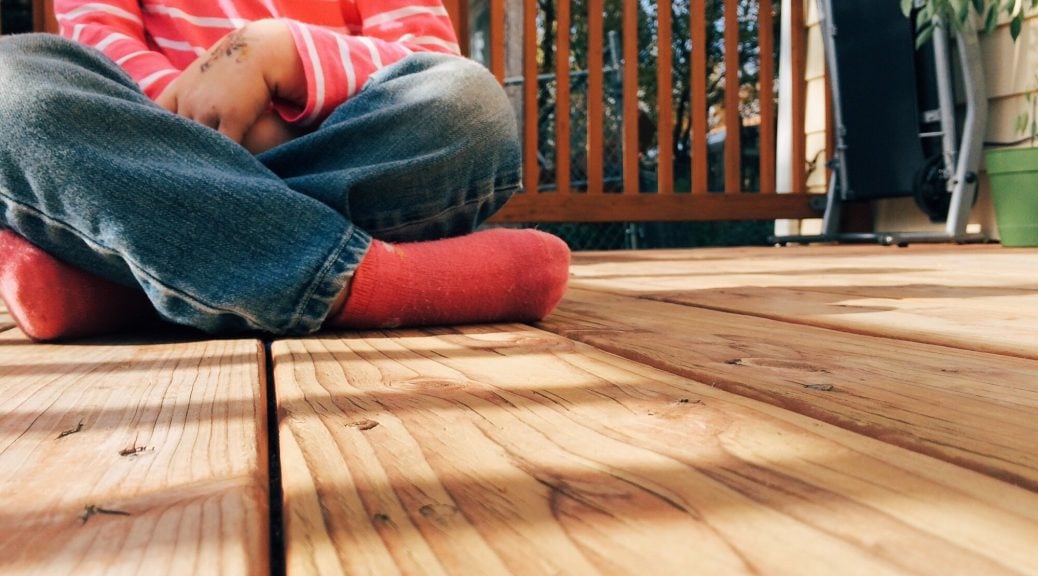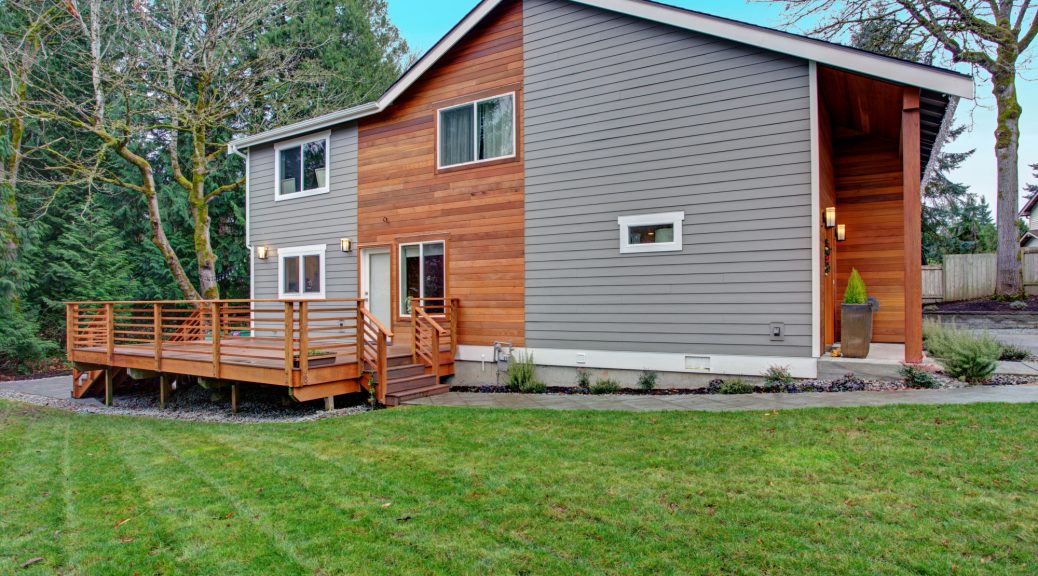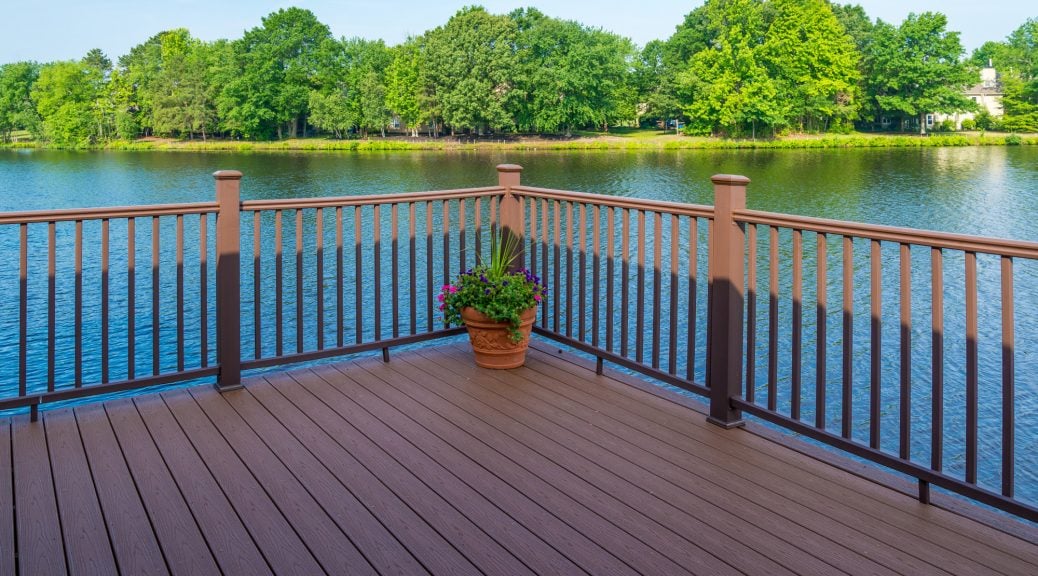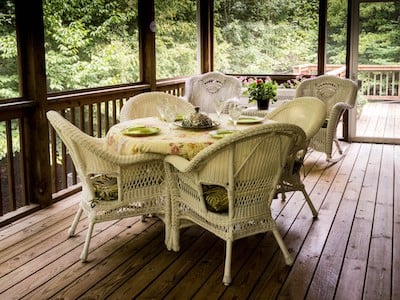Building a beautiful rooftop deck is a great way to add extra outdoor space to your home or business and can also increase the value of your property. Here are the general steps to follow to build a rooftop deck:
- Check local building codes and permits: Before you start building your rooftop deck, make sure you check with your local building department to see if there are any zoning requirements or building codes you need to follow. You may also need to obtain a building permit.
- Hire a structural engineer: It’s essential to ensure that your roof can handle the weight of a deck, as well as any additional furniture, people, or plants. Hire a structural engineer to evaluate your roof’s weight capacity and recommend any necessary reinforcement or structural changes.
- Choose materials: Choose weather-resistant and durable materials, as your rooftop deck will be exposed to the elements. Popular decking materials include composite decking, hardwood, and pressure-treated lumber. You will also need to choose railings, stairs, and lighting options for your deck.
- Plan and design your deck: Decide on your deck’s size, shape, and layout. Consider the surrounding view, access to the deck, and any amenities you want to add, such as an outdoor kitchen or seating area.
- Build the frame: Use pressure-treated lumber to construct the frame of your deck. Be sure to follow your engineer’s recommendations for reinforcement and joist spacing.
- Install the decking: Install your chosen decking material over the frame of the deck. Follow the manufacturer’s instructions for installation, and ensure that the boards are spaced appropriately to allow for proper drainage.
- Install railings and stairs: Install railings around the perimeter of your deck for safety. Stairs should also be added for easy access.
- Install lighting and accessories: Add lighting to your deck to enhance its appearance and functionality. Consider adding outdoor furniture, a grill, or potted plants to make the space more inviting.
- Apply finishes: Apply a finish to protect the decking material from weather and wear. Choose a finish that is appropriate for your chosen decking material.
- Final inspection: Have your work inspected by a building inspector to ensure that it meets all local building codes and regulations.
Following these steps should help you build a beautiful and functional rooftop deck that adds value and livability to your home. Here are some additional ideas for rooftop decks.
While traditional decking materials such as composite, hardwood, or pressure-treated lumber are commonly used, many homeowners are now exploring alternative materials like Ipe tiles for their rooftop decks.
*While the above steps outline a general process for building a rooftop deck, it’s important to note that every construction project is unique and may require specific considerations or modifications. Therefore, it’s crucial to consult with an onsite expert, such as a licensed contractor or structural engineer, to evaluate the conditions of your specific rooftop and provide recommendations for design and construction. They can help ensure that the deck is built safely and meets all local building codes and regulations. The information provided above should be used as a general guide only and not as a substitute for the advice and expertise of a professional.

